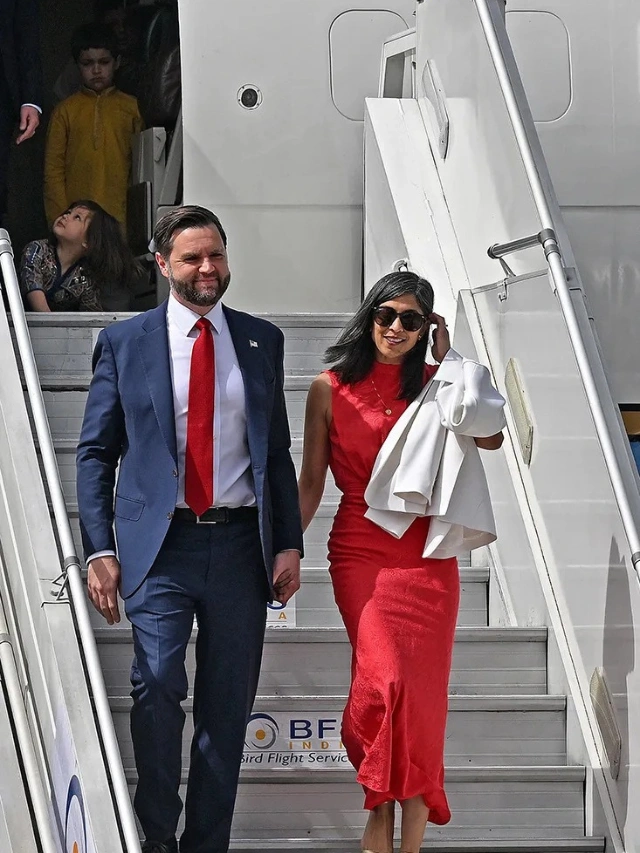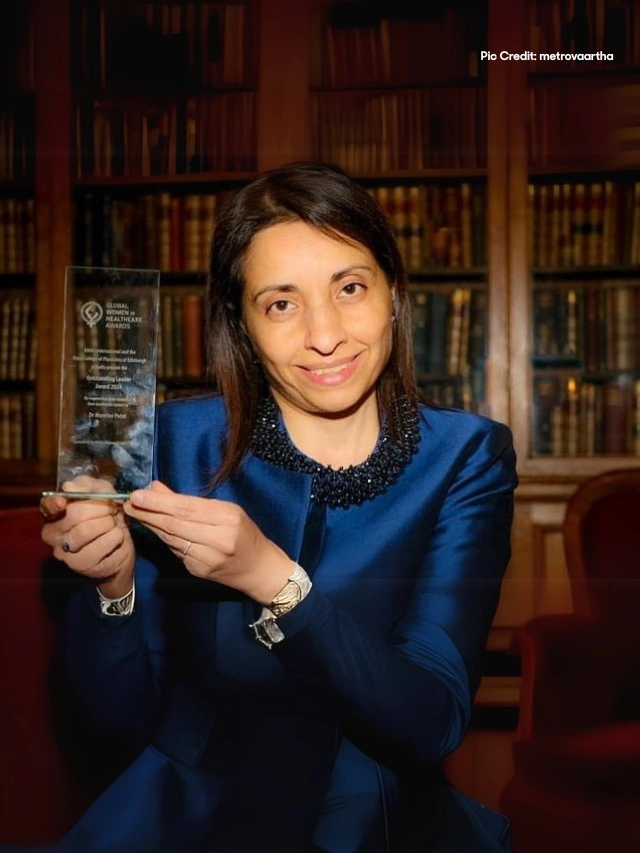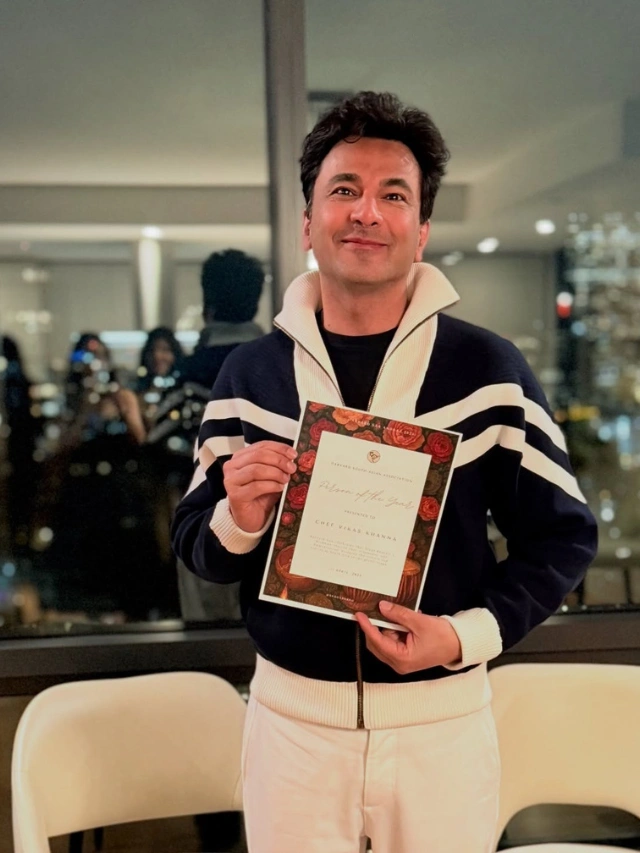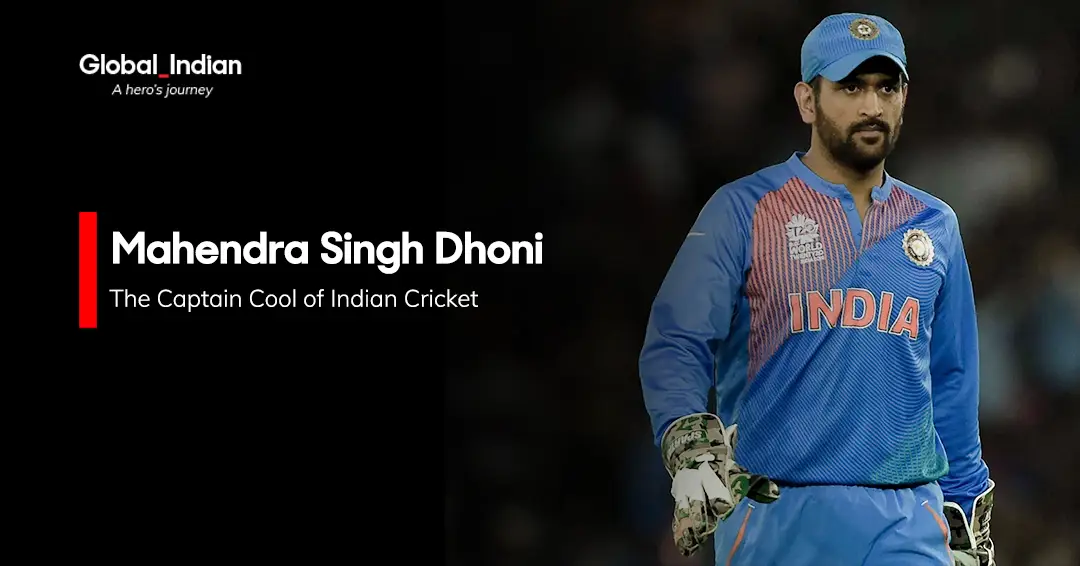
Mahendra Singh Dhoni
MS Dhoni’s rise from a railway ticket examiner to one of cricket’s greatest captains is evidence of his extraordinary determination. He worked as a Traveling Ticket Examiner at Kharagpur railway station from 2001 to 2003 before his meteoric rise to cricket stardom.
CEO’s | Actors | Politicians | Sports Stars
His international cricket career began in 2004, and he scored 17,266 runs across formats, with 10,773 runs in ODIs. Dhoni’s leadership skills shone as he led India in 332 international matches – more than any captain in cricket history. His captaincy brought India unprecedented success with victories in all three ICC global trophies: the 2007 T20 World Cup, 2011 Cricket World Cup, and 2013 Champions Trophy.
The small-town cricketer changed Indian cricket with his unique playing style and the famous “helicopter shot.” His calm leadership approach earned him the nickname “Captain Cool.” The story spans from his early challenges to his remarkable achievements as one of cricket’s most influential figures.
“You don’t play for the crowd, you play for the country.”
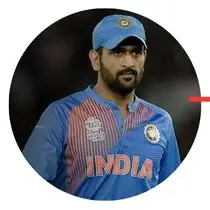
The Early Years: Dhoni’s Childhood in Ranchi
Born into a middle-class family
Humble Beginnings: Mahendra Singh Dhoni was born to Pan Singh and Devaki Devi in the industrial town of Ranchi on July 7, 1981. His parents had moved from Lwali village in Uttar Pradesh (now Uttarakhand) to build a new life in what was then Bihar and later became Jharkhand. Unlike many cricket stars from big cities, Dhoni’s roots were deeply middle-class.
Father’s Occupation: Pan Singh earned his living as a pump operator at MECON Limited (a public-sector engineering firm). He watered roads near the Shyamali Colony where Dhoni’s school stood. This simple job supported the family and taught young Dhoni the value of hard work.
Small Living Space: The future cricket star grew up in a tiny eight-by-ten feet room within MECON’s staff quarters in Ranchi’s Doranda area. Dhoni later shared how his childhood home was so small that finding space for his cricket kit bag became a challenge. Yet these cramped quarters couldn’t limit his dreams.
From football goalkeeper to cricket wicketkeeper
Football Passion: Cricket wasn’t Dhoni’s first love. He fell in love with football during his school days at DAV Jawahar Vidya Mandir in Jharkhand. His athletic ability and quick reflexes made him the school football team’s star goalkeeper.
The Pivotal Meeting: Dhoni’s life changed when Keshav Ranjan Banerjee, DAV’s sports coach, noticed something special about the young goalkeeper. Banerjee saw Dhoni’s exceptional reflexes during saves. The coach recognized untapped talent in him, even though Dhoni lacked the upper-body strength for standard fitness tests.
Reluctant Transition: The teenager hesitated when Banerjee suggested switching to cricket as a wicketkeeper. “Yeh to khel hi doosra hain. Dost kya bolenge?” (This is a different game altogether, what will my friends say?) was his innocent first response. Leaving his football stardom behind worried him.
Coach’s Persistence: Banerjee didn’t give up despite Dhoni’s doubts. He offered private training sessions to shield Dhoni from his football friends’ mockery. The coach’s words about cricket’s prominence in India slowly won the young athlete over.
Remarkable Adaptation: Dhoni’s switch to cricket proved amazing. His goalkeeper skills translated perfectly to wicketkeeping. The coach noticed that while Dhoni struggled with the football’s size, he handled the cricket ball brilliantly. This marked the beginning of cricket’s greatest wicketkeeper-batsman’s story.
School days and early cricket influences
Academic Performance: Dhoni stayed focused at DAV Jawahar Vidya Mandir with decent grades. His biology teacher, Sushma Shukla, remembered his consistent scores of 60-75% in English, History, and Geography. He managed to keep his grades around 60% even as cricket took center stage.
Disciplined Student: Teachers knew Dhoni as a quiet, shy boy who masked his emotions with a smile. He took criticism about his Math and Science grades constructively and worked to improve. This early composure hinted at his future calm under pressure on the cricket field.
Cricket Club Experience: Dhoni played wicketkeeper for the Commando Cricket Club from 1995 to 1998. His skills behind the stumps stood out quickly. He joined Central Coal Fields Limited (CCL) team in 1998, batting higher up the order and helping the team reach a higher division.
Batting Ambition: Dhoni’s batting talent emerged alongside his wicketkeeping. Coach Banerjee recalls how Dhoni’s batting skills seemed natural. He would always pad up when his team started batting, eager to play. He told his coach: “Sir, I must play from start to finish and you must help me shape up as an opener. Otherwise there is no fun”.
Early Recognition: Dhoni’s hard work earned him a spot in the 1997/98 Vinoo Mankad Trophy Under-16 Championship. This tournament launched his competitive cricket career beyond school and club levels, starting his path to international fame.
Cricket Obsession: Dhoni wanted floodlights to practice after dark. His teachers would catch him practicing catches with paper balls in class, much to their annoyance. This dedication built the foundation for his future excellence.
Struggling Through the Ranks: Domestic Cricket Journey
Playing for Bihar and Jharkhand
First-class beginnings: MS Dhoni’s professional cricket story began in the 1999-2000 season. He made his Ranji Trophy debut for Bihar against Assam at 18. The young wicketkeeper scored 68 runs in his second innings and ended the season with 283 runs in 5 matches. This was just the start of what would become a legendary career.
Breakthrough century: His modest start gave way to his first big achievement in the 2000-01 Ranji Trophy season. He scored his first first-class century playing for Bihar against Bengal. But his game stayed uneven with just five fifties in four Ranji matches during 2001-02.
State transition: India’s state reorganization led Dhoni to switch from Bihar to the new Jharkhand team in the 2002-03 Ranji Trophy. This move matched his steady improvement in domestic cricket.
Eastern prominence: His career took off in 2003-04 with an unbeaten 128 against Assam in the Ranji ODI tournament’s opening match. The East Zone team picked him up, and they won the Deodhar Trophy that season. Dhoni scored 244 runs in four matches.
Rejection and perseverance
Early setbacks: Dhoni faced big challenges early on despite showing his talent. The state team dropped him because of poor form. Many players would have given up, but this rejection made him more determined.
Steadfast dedication: Missing out on the Under-19 team disappointed people around him, but Dhoni stayed calm. He threw a party instead of feeling down. He knew he needed to work harder. This reaction showed the mental toughness that would define his career.
Balancing act: Dhoni managed to keep his focus on improving his game while juggling multiple responsibilities. He never lost sight of his goals, even during tough times. His climb from domestic cricket to international stardom remains one of cricket’s most inspiring tales.
The TRDO scouting system that found Dhoni
Talent spotting initiative: The Board of Control for Cricket in India’s (BCCI) Talent Resource Development Wing (TRDW) changed Dhoni’s life. This 2-year-old system under former India captain Dilip Vengsarkar aimed to find cricket talent beyond major cities.
The discovery: Prakash Poddar, a BCCI Talent Research Development Officer (TRDO), saw Dhoni playing for Jharkhand in Jamshedpur in 2003. Poddar and his colleague Raju Mukherjee loved Dhoni’s powerful hitting. They noticed his amazing hand-eye coordination and believed he deserved to play beyond the East Zone.
The recommendation: Poddar wrote a key note after watching Dhoni bat: “Good striker of the ball; has a lot of power but needs to work on his wicket-keeping. Technically not very good. Is very good at running between wickets.” This simple observation helped Dhoni reach the national stage.
Fast-tracked development: The India A squad picked Dhoni for Zimbabwe and Kenya tours in 2004 after the TRDO recommendation. His performance caught everyone’s eye, including captain Sourav Ganguly. He made his international debut against Bangladesh on December 23, 2004 – just five years after starting domestic cricket.
The Railway Ticket Collector Who Dreamed Big
Life as a TTE at Kharagpur station
Daily duties: Mahendra Singh Dhoni started his job as a Traveling Ticket Examiner (TTE) at Kharagpur station under the South Eastern Railway zone in 2001. His main goal was to run between platforms and deliver “quota charts” to traveling ticket examiners of long-distance trains that stopped at the station. He had to sprint from platform to platform, which helped build his stamina for future cricket fields without him realizing it.
Living conditions: The station didn’t give Dhoni a personal desk, unlike other ticket collectors. He lived in a tiny 10×12 foot room that he shared with three other colleagues. He would take his bath in the open at a well outside their quarters – a humble beginning for someone who would become India’s captain.
The chance: Animesh Ganguly, who was the Divisional Railway Manager (DRM) of South Eastern Railways and loved cricket, hosted a trial at the local SERSA stadium in 2001. He wasn’t just looking for a ticket examiner – he wanted someone to strengthen the SER cricket team. Dhoni showed his skills at the trial, where Ganguly bowled to review this “new hard-hitting talent”.
Balancing job and cricket
Dual responsibilities: From 2001 to 2003, Dhoni skillfully managed both his railway duties and cricket dreams. After long hours of checking tickets, he would play local cricket matches with enthusiasm. This wasn’t easy – he often felt frustrated because his TTE duties were so demanding.
Local fame: The local cricket scene in Kharagpur grew fond of Dhoni, especially in tennis-ball cricket called “Khep”. People loved his powerful hitting, and top clubs would pay him around Rs. 2,000 per match. His straightforward nature showed early on – he never bargained about his payment, a trait that would later define his leadership.
Hidden struggles: Times were tough back then. Railway work left him exhausted, and he faced pressure to play well in cricket matches to keep his dream alive. People close to him say cricket was his only escape during those four years in Kharagpur – this single-minded focus pointed to his future success.
The turning point in his career
Critical decision: February 2003 brought Dhoni to a significant crossroads. He had to pick between a secure railway job or chase his uncertain cricket dreams. When the time came, he “followed his heart and devoted himself entirely to his cricketing career” – a choice that altered the map of Indian cricket.
The big break: His life changed when selectors picked him for India A to play in a tri-series tournament in Kenya with Pakistan A and Kenya. This spot opened up because Dinesh Karthik joined the national team, leaving room for a wicketkeeper. His keeping was good, but his explosive batting really caught everyone’s eye.
Recognition from selectors: Former wicketkeeper and BCCI selector Saba Karim saw this as a defining moment: “From there it was a turning point in his career and after that, his name was in the reckoning”. Karim even told then-captain Sourav Ganguly, “there is this keeper who should come into the Indian team because he was batting so well and was such a safe keeper”.
Final ascent: By 2005, nobody could ignore Dhoni’s talent anymore. He scored an impressive 102 for India Seniors against India B in the Challenger Trophy that February. Soon after, he achieved his dream of playing for India – completing an amazing trip from checking tickets to making cricket history.
From Indian to the World
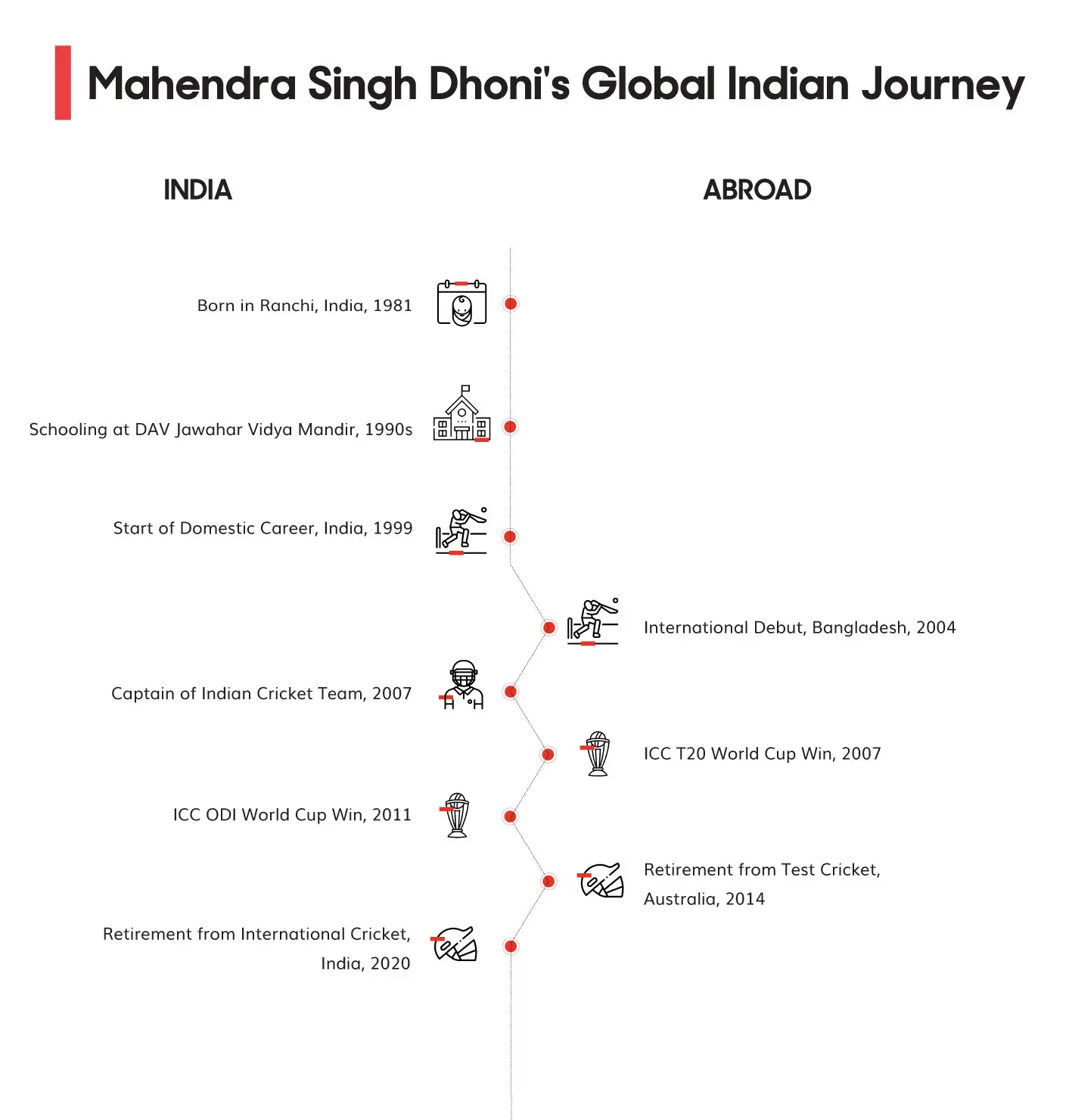
Rising to International Stardom: MS Dhoni Stats in Early Career
International debut against Bangladesh
Modest beginnings: Mahendra Singh Dhoni started his international journey on December 23, 2004. The 23-year-old made his ODI debut against Bangladesh in Chittagong. Cricket can be cruel sometimes – Dhoni got run out for a duck on his very first ball in international cricket. The walk back to the pavilion was quiet. No “Thala” chants followed him – just the disappointment of a debut gone wrong.
Selection story: The selectors picked Dhoni after his decent showing for India A squad during the Bangladesh tour in December 2004. His forgettable debut didn’t matter much. Sourav Ganguly and the selection committee showed amazing faith in the young wicketkeeper-batsman. They gave him more chances. This choice would soon change Indian cricket forever.
Patient persistence: Dhoni earned a spot in the next ODI series against Pakistan despite his rough start. His early international career looked unremarkable – nothing like the legend he’d become. The change that happened next was remarkable.
The breakthrough 148 against Pakistan
Milestone achievement: Everything changed in Visakhapatnam during the second match against Pakistan. Dhoni played just his fifth one-day international and lit up the stage. He smashed 148 runs off 123 balls with 15 boundaries and 4 sixes. This broke the record for the highest score by an Indian wicket-keeper. The knock took just 88 balls and ranks among India’s greatest ODI innings.
Tactical promotion: Sourav Ganguly made a brilliant move by sending Dhoni up the order. He batted like a man possessed, just as he did in domestic cricket. The spectators watched in awe as he unleashed an array of stunning shots. He and Rahul Dravid put together 149 runs.
Post-match confidence: Dhoni showed his trademark confidence after the game. “I knew that even 350 might not be enough,” he said. India posted 356 for 9, and Dhoni proved himself a fearsome striker of the cricket ball. Cricket fans across the country quickly recognized his long-haired, fearless style.
Cementing his place with 183* against Sri Lanka
Record-breaking performance: Dhoni’s finest ODI performance came on October 31, 2005, less than a year after his debut. Sachin Tendulkar got out early, and Dhoni walked in at No. 3. He blasted 183 runs off just 145 balls, hitting 15 fours and 10 sixes against Sri Lanka at Jaipur’s Sawai Mansingh Stadium. India chased down 299 with 23 balls left.
Statistical significance: The unbeaten 183 broke several records. It became the highest score by a wicketkeeper-batsman in ODIs, beating Adam Gilchrist’s 172 against Zimbabwe. Dhoni also set the record for the highest score in a successful run chase. No wicketkeeper has broken this record in over 18 years.
Career impact: The Jaipur innings showed everyone Dhoni’s skills as a devastating finisher and versatile batsman. He later called the Sawai Mansingh stadium a “special venue” and said this innings gave him “an extra one year in the team”. These back-to-back hundreds against Pakistan and Sri Lanka turned Dhoni from a newcomer into India’s batting mainstay. This laid the foundation for his legendary career.
Captain Cool: Transforming Indian Cricket Leadership
Taking over captaincy from Rahul Dravid
Historic transition: MS Dhoni’s captaincy story began in 2007 after Rahul Dravid stepped down from his leadership role following the three-Test series in England. Dravid personally met then-BCCI president Sharad Pawar to convey his decision. The outgoing captain suggested Dhoni’s name as his successor without any hesitation.
Influential endorsements: Sachin Tendulkar backed Dhoni’s candidacy for captaincy during a conversation with Pawar at the IPL launch dinner. His logic was straightforward: “I have seen him from close quarters fielding at slip; I have chatted with him a lot and he is a thinker and cool person”. Two of India’s cricket legends played key roles in Dhoni’s selection as captain.
The 2007 T20 World Cup triumph
Opportunity arises: Dhoni took charge of a young, inexperienced team for the inaugural ICC Twenty20 World Cup in South Africa after Tendulkar, Dravid, and Ganguly opted out. This tournament became the starting point of his remarkable leadership journey.
Strategic brilliance: Dhoni’s tactical skills shone through his team-oriented decision-making approach. Harbhajan Singh, his former teammate, shared: “Before matches against teams like Australia, New Zealand, and England, our core group would get together during the game to strategise for the next few overs”. His collaborative style helped India clinch a historic victory against Pakistan in the final.
Building a new team culture
Leadership philosophy: Dhoni created a unique team culture during his tenure. He gave up his business class seats to bowlers who performed well. The team environment encouraged open communication and made every player feel important.
Mentorship approach: People often described Dhoni’s leadership as “a mixture of Ganguly and Rahul Dravid”. Ganguly’s aggressive style and Dravid’s calm demeanor influenced his approach. He developed his own methods to nurture promising talent while incorporating these qualities.
Leading India to the #1 Test ranking
Historic achievement: India reached the top of the ICC Test rankings for the first time since their 2001 introduction under Dhoni’s leadership in December 2009. The team sealed this milestone with an innings and 24-run victory over Sri Lanka in Mumbai, securing a 2-0 series win.
Sustained excellence: India joined Australia and South Africa as the only teams to achieve the number one ranking. The team’s rise from third place to the top Test side by the end of 2009 established Dhoni as one of cricket’s finest captains.
World Cup Glory and Beyond: Peak of MS Dhoni’s Career
The iconic 2011 World Cup winning six
Historic moment: MS Dhoni reached his career’s peak on April 2, 2011. He guided India to World Cup glory after 28 years. His spectacular 91 not out from 79 balls against Sri Lanka in the final earned him the Player of the Match award. The winning shot – a massive six off Nuwan Kulasekara – sealed India’s victory and left an unforgettable mark in cricket history.
Commemorated achievement: The Mumbai Cricket Association honored this moment by creating a “World Cup 2011 Victory Memorial stand” at Wankhede Stadium. Two seats (J 282-286) where Dhoni’s six landed now showcase World Cup trophy replicas and Team India’s victory photograph. These seats were later sold to help fund emerging players.
Champions Trophy 2013: completing the ICC trophy collection
Historic accomplishment: Dhoni made history in June 2013. He became the first captain to win all three major ICC limited-overs trophies. India’s victory in the Champions Trophy against England at Edgbaston added to his T20 World Cup (2007) and ODI World Cup (2011) wins. This completed cricket’s leadership triple crown.
Tactical brilliance: The rain-shortened final against England highlighted Dhoni’s strategic genius. His decisions worked like magic. He had Ravichandran Ashwin bowl around the wicket to Jonathan Trott that led to a stumping. He brought back Ishant Sharma despite a poor first spell. These bold moves helped India win by five runs.
Handling pressure and making tough decisions
Calm under pressure: Dhoni’s composure during tense moments became legendary. He once said: “Everyone thinks I don’t feel any pressure. I feel the same pressure as anyone else. It’s just that I have been in those situations a lot, so I know how to get out of that situation”.
Leadership philosophy: He tackled pressure by concentrating on the process instead of results. “We shouldn’t think too much ahead of time and just concentrate on the process… when you are constantly thinking of all these things, you don’t think about the results. So there is less pressure”.
Get the latest on MS Dhoni in 2025, from cricketing heroics to business moves.
Key Achievements
Trophy collection: Dhoni stands alone as the only captain in international cricket to win all major ICC trophies – T20 World Cup (2007), ODI World Cup (2011), and Champions Trophy (2013). India also held the number one Test ranking for 18 months from December 2009 under his leadership.
Individual honors: His achievements earned him the Padma Shri in 2009 and Padma Bhushan in 2018. Time magazine recognized his influence by including him among the world’s 100 most influential people in 2011.
Impact on the Industry
Revolutionizing leadership: Dhoni’s approach changed how Indian cricket dealt with pressure. He knew how to stay calm amid chaos and focus on the task. This set new benchmarks for cricket captains worldwide. He trusted his players completely and let them play without fear.
Nurturing talent: Young cricketers learned invaluable lessons from him. Gautam Gambhir noted: “MS Dhoni’s experience of handling pressure in important games could be a huge advantage for young players”. His guidance helped shape India’s next cricket stars.
Giving Back
Charitable initiatives: Dhoni started his Charitable Foundation in 2010 to help underprivileged children through sports and education. The foundation provides scholarships, school supplies, and sports training.
Supporting armed forces: His foundation gave £20,000 (₹18.62 lakh) in 2015 to help wounded Indian Army soldiers. He also worked with the Virat Kohli Foundation to help disadvantaged communities.
Key Takeaways
Resilience: After the 2011 World Cup win, Dhoni faced criticism. India lost eight straight Tests away from home and their first home series to England in eight years during 2012-13. He bounced back strongly and led India to the 2013 Champions Trophy victory.
Enduring legacy: Dhoni gave cricket two precious gifts – his calm under pressure and gut-feel decisions. The 2013 Champions Trophy final showed this perfectly when he picked Ishant Sharma for a crucial over against all odds. His leadership style balanced data with instinct, and calmness with quick thinking. This defined the Dhoni era of Indian cricket.
Global Indian Impact Analysis
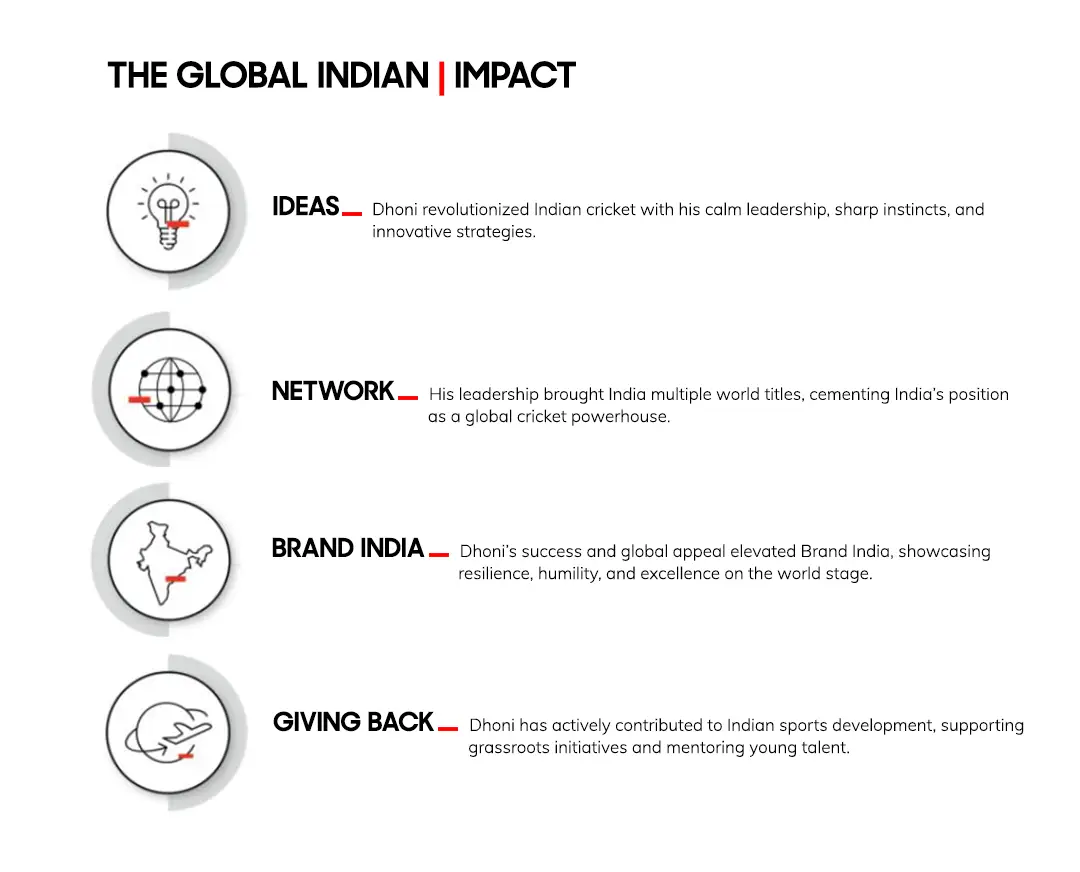
Read a similar story of Gukesh Dommaraju, youngest World Chess Champion.
FAQ:
What is MS Dhoni's age?
As of March 3, 2025, MS Dhoni is 43 years old. Born on July 7, 1981, in Ranchi, Bihar (now Jharkhand), India, he has had an illustrious cricketing career, leading India to multiple ICC trophies, including the 2007 T20 World Cup and the 2011 Cricket World Cup.
When is MS Dhoni's birthday?
MS Dhoni celebrates his birthday on July 7 each year. Born in 1981, he hails from Ranchi, Bihar (now Jharkhand), India. Over the years, his birthday has become a significant event for fans and the cricketing community, often marked by celebrations and tributes to his contributions to the sport.
What is MS Dhoni's net worth?
As of 2024, MS Dhoni’s net worth is estimated to be around $127 million (INR 1,040 crore). This substantial wealth stems from his cricketing career, brand endorsements, and business ventures. He co-owns sports teams like Chennaiyin FC in the Indian Super League and Ranchi Rays in the Hockey India League.
Who is MS Dhoni's wife?
MS Dhoni is married to Sakshi Singh Rawat. The couple tied the knot on July 4, 2010, in a private ceremony attended by close friends and family. Sakshi, originally from Dehradun, Uttarakhand, has been a supportive partner throughout Dhoni’s cricketing journey, often seen cheering for him during matches.
Is there a movie about MS Dhoni?
Yes, “M.S. Dhoni: The Untold Story” is a biographical film released in 2016. Directed by Neeraj Pandey, the movie chronicles Dhoni’s journey from his early life to becoming the captain of the Indian cricket team. Actor Sushant Singh Rajput portrayed Dhoni, earning acclaim for his performance.
When did MS Dhoni retire from international cricket?
MS Dhoni announced his retirement from international cricket on August 15, 2020. However, he continues to play in the Indian Premier League (IPL), leading the Chennai Super Kings (CSK) franchise. Under his captaincy, CSK has secured multiple IPL titles, with the latest being in 2023.
Who was MS Dhoni's first girlfriend?
Before marrying Sakshi, MS Dhoni was reportedly in a relationship with Priyanka Jha during 2002. Tragically, Priyanka passed away in a car accident the same year, a loss that deeply affected Dhoni. This episode was depicted in his biographical film, highlighting the personal challenges he faced during his early career.
What is MS Dhoni's jersey number?
MS Dhoni is famously associated with the jersey number 7. He has worn this number throughout his international career and continues to do so in the IPL with the Chennai Super Kings. The number holds personal significance for him and has become iconic among fans.
What is the name of MS Dhoni's daughter?
MS Dhoni and his wife, Sakshi, have a daughter named Ziva Dhoni. Born on February 6, 2015, Ziva has garnered attention on social media, often appearing in adorable posts with her parents. The family shares glimpses of their life, endearing them to fans worldwide.
What is MS Dhoni's height in feet?
MS Dhoni stands at approximately 5 feet 9 inches tall. His athletic build and agility have contributed to his exceptional skills as a wicketkeeper and batsman, making him one of the most respected figures in cricket.


